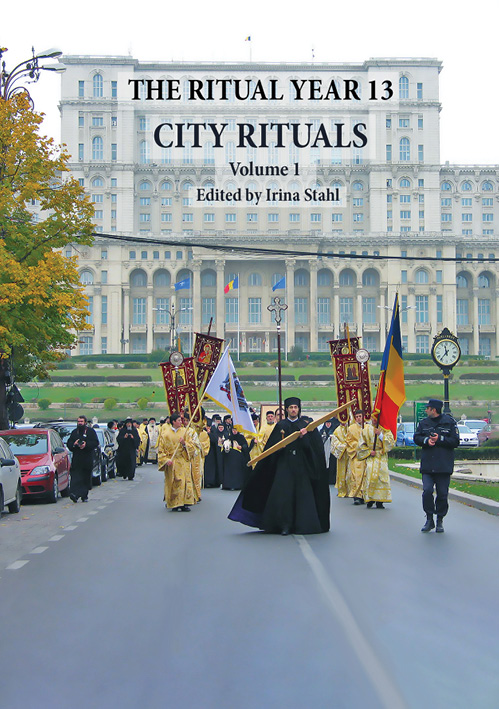Ritual and Conflict in a Maytime Festival: Turning Pilgrims into Tourists
Keywords:
Maytime festival, Antipolo pilgrimage, Our Lady of Peace and Good Voyage, religious tourismAbstract
Antipolo City is considered the pilgrimage capital of the Philippines, with devotees coming to the shrine of the Virgin called Our Lady of Peace and Good Voyage. This religious phenomenon takes place during the entire month of May, although it officially ends in July, after seven cycles of novena masses. The devotion to the Virgin of Antipolo began with its arrival in the 17th century and the city took its identity from the presence of the statue, with its rituals adapted from the historical events that involved the people and the Virgin. The opening of the festival is characterized by the annual pilgrimage done on foot by her numerous devotees. On account of the millions of pilgrims that visit her shrine, the local government initiated a city festival to create other economic and commercial opportunities beyond the religious event. This civic celebration however struggles to sustain its own existence and would do well to recognize that it is the religious devotion to the Virgin of Antipolo that sustains the influx of people to the city and gives it identity.

